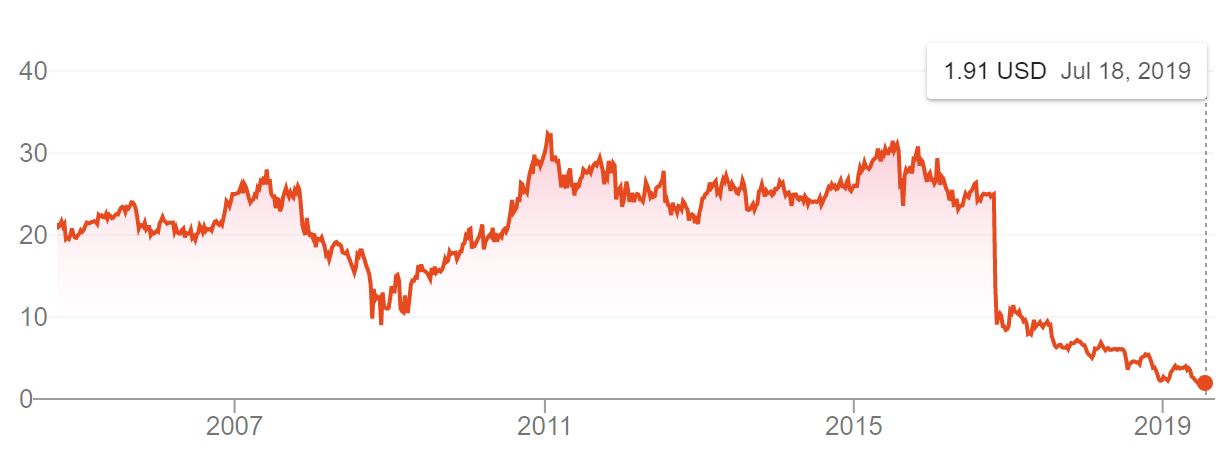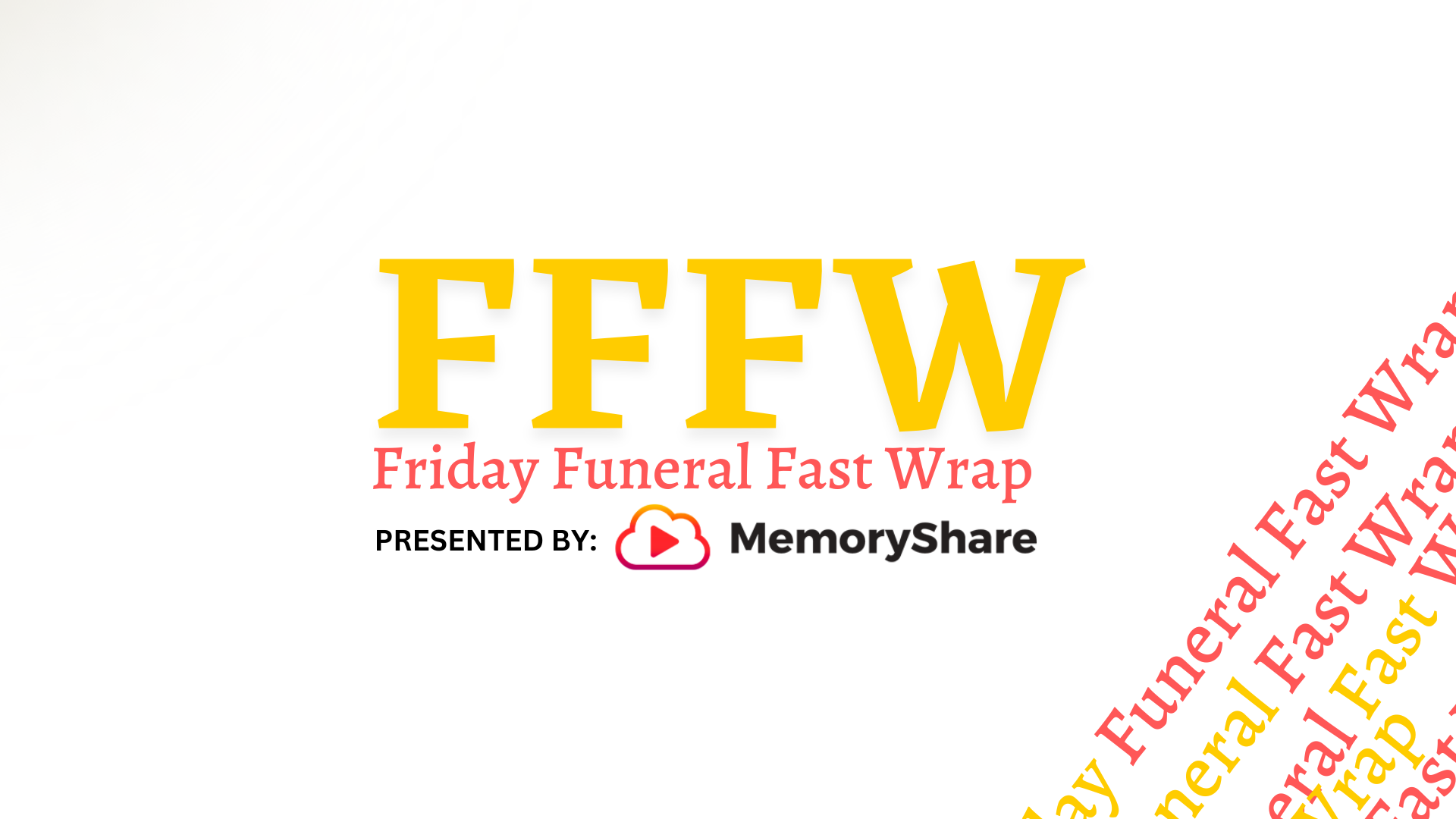Death Stocks Are Dying: Is Cremation the Only Culprit?
You’ve all heard the cliches — we’re all going to die, death and taxes are the only certainties, etc. It’s this line of thinking that recently prompted a Bank of America financial analyst to say “death is recession-resistant.”
In June, BofA’s Joanna Gajuk encouraged investors worried about an impending recession to consider death stocks. She then cited the trend of ever-increasing consolidation and acquisitions by publicly-traded companies as a positive indicator of industry growth. Her advice probably sounded like music to the ears of companies like SCI, Carriage Services, and StoneMor, to name a few.
Changing tune
So why, within a week of Gajuk’s rosy prediction, were other advisors saying the exact opposite? Seeking Alpha, for example, a newsletter that provides stock market insights and content, published an article with the headline “These Death Stocks are Barely Clinging to Life” just seven days after CNBC shared BofA’s story.
Seeking Alpha’s outlook for death stocks is definitely more dire — and in no way flattering for funeral corporations. The author, Benen Ling, writes that despite their massive cost savings, these companies have higher prices than other funeral homes. Ling cites a 2017 report that SCI’s prices are up to 72 percent higher than U.S. median costs.
Killing death stocks
It seems that despite these companies’ inflated revenue, uncontrollable outside forces are piling on the pressure. Seeking Alpha and Zacks Investment Research independently cited two factors: cremation and the availability of funeral products on e-commerce platforms (like these we found on Amazon). As for the latter, it just makes sense that consumers would fight back against rising costs like SCI’s. Like any savvy shopper, they’re searching for cheaper alternatives for services and products.
Seeking Alpha did the math on cremations, calculating that a 100-services-per-year funeral home will lose 40% of its revenue if 60% of its customers opt for cremation over traditional burial. And on that note, Ling adds that state governments are not meeting a growing number of minimum cemetery endowments. This trend may mean that more and more cemeteries will be abandoned or closed.
Ling reports that StoneMor is declining under crushing debt, weak cash flow, and questionable PR. The company’s cemetery acquisitions, which make up 80% of its holdings, have severely slowed. In 2018, Bloomberg reported that they were digging graves of customers prior to death just to tap into pre-need cash.
For Carriage, Ling observes “very subtle signs of trouble looming on the horizon.” It seems that Carriage is also drowning in a level of debt that would take 15 to 30 years to repay given the company’s current income. And while SCI seems to be performing well at the moment, Ling believes that continuing trends toward cremation could eventually deal significant blows to both Carriage and SCI.
The bottom line
Thinking about investing in the market? Perhaps putting your money where your career is might not be the best bet. Zacks ranks the funeral industry at #223 on its list of the most promising 250 industries in which to invest. According to Zacks, analysts are “gradually becoming less confident about this group’s earnings growth potential.” In fact, they cite a 3% decline in the industry’s consensus earning estimate. It’s not much now, but is this the beginning of a bigger problem?




